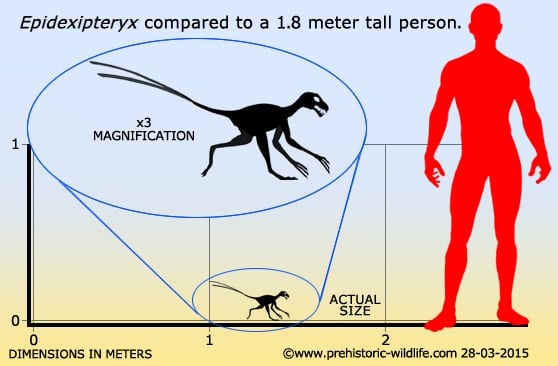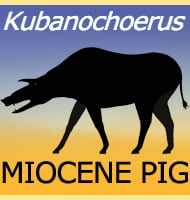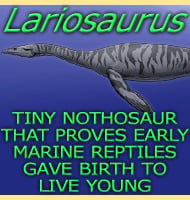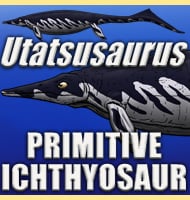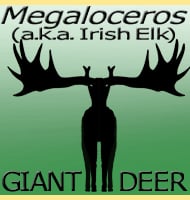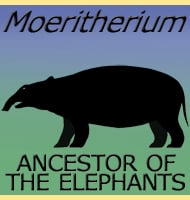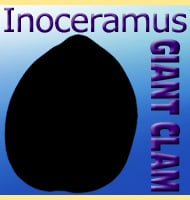In Depth
Epidexipteryx was a very special find as not only is it one of the earliest ‘dino-birds’ it also had highly ornate tail feathers. These feathers are thought to have been similar to those of a peacock, and as display feathers, possibly only present in the males for the purpose of attracting females. This precedent can be seen in hundreds of different bird species that can be observed all over the world today. Epidexipteryx also had a covering of smaller but primitive feathers over the rest of its body.
Similarities in the skull of Epidexipteryx and later oviraptosaurs, may suggest that Epidexipteryx is indicative of the type of dinosaur that was ancestral to the oviraptosaurs. Part of this similarity is that the lower jaw curved down and away from the upper jaw, especially towards the end. This meant that the lower front teeth always pointed forwards instead of up into the upper jaw. This was probably to facilitate prey capture for a specific kind of prey.
Further Reading
– A bizarre Jurassic maniraptoran from China with elongate ribbon-like feathers. – Nature 455:1105-1108. – F. Zhang, Z. Zhou, X. Xu, X. Wang & C. Sullivan – 2008.
